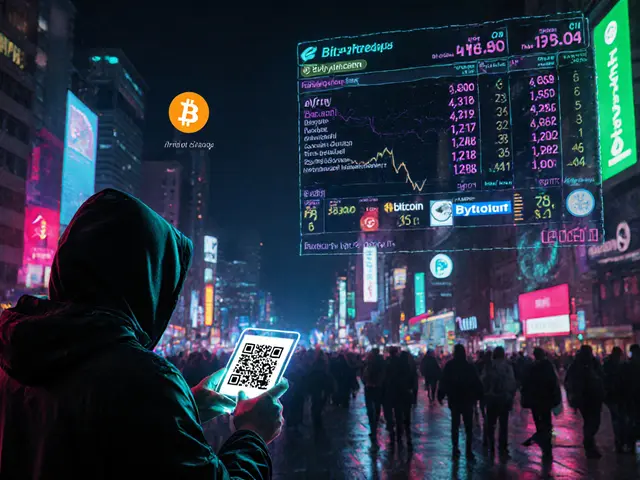Tokenized Stocks: What They Are, How They Work, and Why They Matter
When you buy a tokenized stock, a digital representation of a real-world company share issued on a blockchain. Also known as stock tokens, it lets you own a piece of Apple, Tesla, or Netflix without going through a traditional brokerage. Unlike crypto coins that have no underlying asset, tokenized stocks mirror the value of actual public companies — and they can be bought, sold, and transferred like any other digital asset.
These tokens work by locking real shares in a custodian’s vault, then issuing an equivalent number of blockchain tokens. Each token represents a fraction or full share of the original stock. That means you can own 0.001 shares of Amazon if you only have $5 to spend — something traditional brokers often don’t allow. This opens up investing to people who can’t afford whole shares, especially in markets where access to U.S. stocks is restricted. Countries like Bangladesh and Pakistan, where crypto is heavily regulated or banned, still see demand for tokenized stocks because they let users bypass local banking limits.
Tokenized stocks rely on blockchain, a decentralized ledger that records ownership and transfers securely and are often built on Ethereum or other EVM-compatible chains. They need smart contracts, self-executing code that handles ownership rules and dividend payouts automatically to function. But they’re not risk-free. If the custodian holding the real shares goes bankrupt or gets hacked, your tokens might lose their backing. That’s why audits and transparency matter — just like with any DeFi project. Some platforms, like those regulated under UK VASP rules or Germany’s BaFin, offer more protection than others.
You’ll also find these tokens tied to fractional ownership, a model that breaks down expensive assets into smaller, affordable parts. This isn’t new — mutual funds have done it for decades — but blockchain makes it faster, cheaper, and available 24/7. No more waiting for market hours. No more high broker fees. Just buy, hold, or trade tokens directly from your wallet.
But here’s the catch: not all tokenized stocks are legit. Some projects claim to offer Apple or Google shares but have no real backing, no audits, and no regulatory oversight. That’s why you need to check who’s issuing them, where the underlying shares are held, and whether the platform follows rules like the EU’s MiCAR or the UK’s FCA guidelines. A tokenized stock isn’t just a crypto coin with a company name slapped on it — it’s a bridge between traditional finance and blockchain, and it only works if the bridge is solid.
Below, you’ll find real-world examples of how tokenized stocks interact with crypto regulations, scams, and trading tools. Some posts expose fake offerings that mimic real companies. Others explain how people in restricted countries use them to invest globally. You’ll see how blockchain forensics tracks these tokens, how custody rules affect safety, and why some platforms fail while others survive. This isn’t theory — it’s what’s happening right now in 2025, and you need to know the difference between real exposure and pure speculation.




